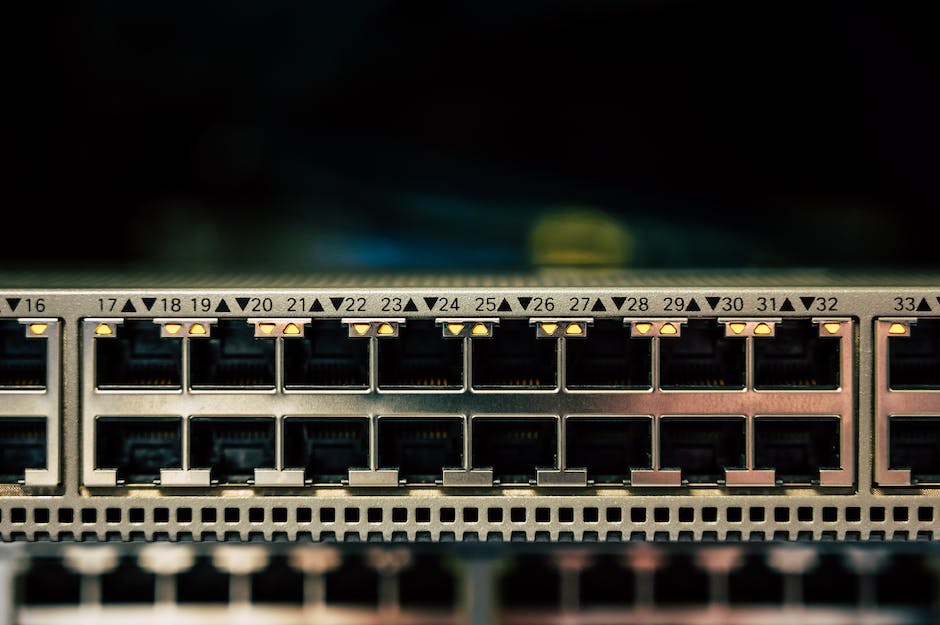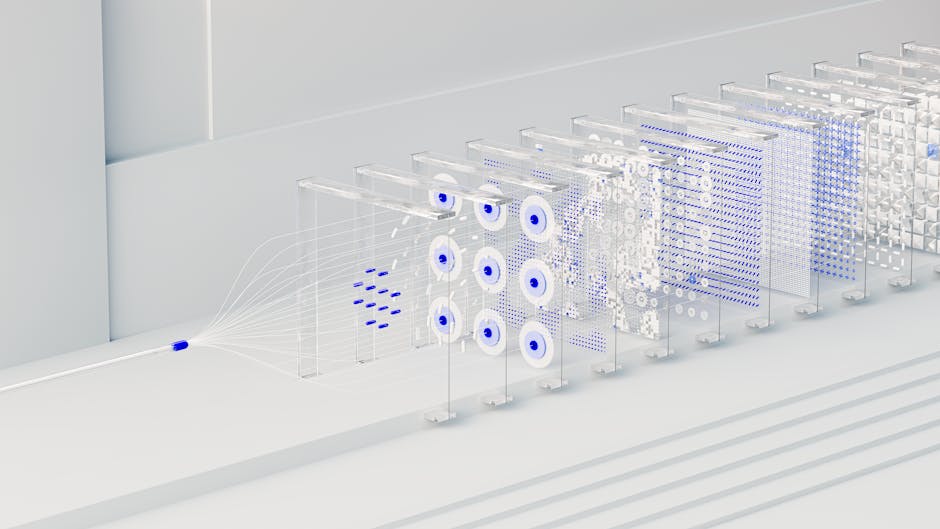In the vast and intricate world of computer networks, the movement and management of data play pivotal roles. This article sheds light on how digital information is broken down, transmitted, and protected across networks to ensure it reaches its intended destination accurately and efficiently. From the fundamental concept of packets in data transmission to the critical role of Ethernet in local area networks (LANs), and finally, the importance of checksums for error detection, we explore key components that make digital communication seamless and reliable.
Packets and Their Role
In the digital realm of computer networks, packets serve as the backbone for data transmission. Computer networks divide digital data, such as photos or documents, into manageable packets to send across the network. Each packet navigates through the network independently, finding the most efficient route to its destination. Upon reaching the end point, these packets are reassembled in the correct order to recreate the original file, ensuring efficient and speedy delivery of data, regardless of its size or the network's complexity.
Packets contain vital information in their headers, such as source and destination addresses, guiding them to the right location. They also carry a checksum—a digital fingerprint—that helps the recipient identify if any bit of the packet was altered or lost during its journey. If an error is detected, the receiving device can request that the specific packet be resent, ensuring the integrity of the transferred data.1 Through packets, computer networks achieve reliability and accuracy in digital communication, making the transfer of information quick and seamless.

Ethernet LAN Technology
Since its introduction in the 1970s, Ethernet has become an integral part of local area networks (LANs), serving as the backbone of modern networking. This foundational status is attributed to its robust, standardized protocols and simple infrastructure, which facilitate the efficient and reliable transmission of data packets between devices within a network.2 Ethernet adapts and supports various data speeds, ranging from megabits to gigabits per second, ensuring compatibility with the evolving demands of network users and devices. Its architecture is designed to minimize packet collisions through the use of carrier-sense multiple access with collision detection (CSMA/CD), a mechanism that efficiently manages data traffic to prevent data loss and optimize network performance.
Ethernet's flexibility in deployment across different physical media, including:
- Coaxial cables
- Twisted pair cables
- Fiber optics
This allows for a wide range of implementations, from small home networks to extensive corporate environments, without compromising on speed or reliability. The simplicity of connecting devices through easy-to-use connectors, such as the RJ-45, further emphasizes Ethernet's accessibility and ease of installation. As networks grow and the demand for internet connectivity increases, Ethernet's role in providing a solid foundation for LANs remains undeniable, underpinning our interconnected digital world with steadfast reliability and efficiency.

Photo by thomasjsn on Unsplash
Checksum and Error Detection
Checksums play a crucial role in maintaining the integrity of data as it travels across networks. A checksum is a calculated value that summarizes the contents of a data packet. When a packet is sent, the sender computes this checksum using all the packet's bytes and includes this special value alongside the actual data. It's a straightforward yet powerful way to keep tabs on data integrity.
Upon receiving the packet, the destination device performs the same computation on the packet's contents, expecting to arrive at the same checksum value the sender included. If there's any difference, even a single bit alteration due to network noise or other disruptions, it flags an error, signaling that something went wrong in transit.3 Because of this automatic checksum comparison, any tampered or accidentally altered packets don't slip through unnoticed. The receiving device can request that the sender transmit the problematic packet once more. By iterating this check-and-resend protocol, checksums effectively ensure the fidelity of data transferred across a network, making digital communication not only possible but reliably accurate.

The seamless operation of our digital world hinges on complex yet brilliantly designed systems working tirelessly behind the scenes. Packets enable efficient data transfer; Ethernet provides a sturdy foundation for our local networks; while checksums guard against errors, ensuring that every piece of information sent is exactly what is received. Together, these elements form an essential framework that supports not just our current online activities but also paves the way for future innovations in digital communication.
- Kurose, J. F., & Ross, K. W. (2017). Computer networking: A top-down approach (7th ed.). Pearson.
- Spurgeon, C. E. (2000). Ethernet: The definitive guide. O'Reilly Media.
- Kozierok, C. M. (2005). The TCP/IP guide: A comprehensive, illustrated internet protocols reference. No Starch Press.
Automated content writing at its finest! Discover the power of AI with Writio. This article was written by Writio.
Leave a Reply